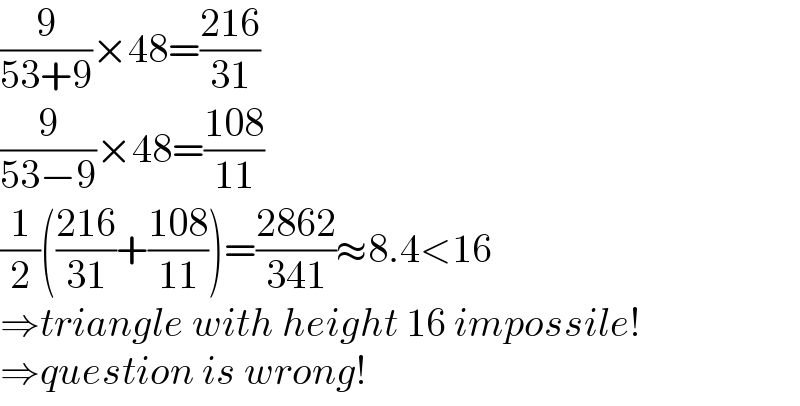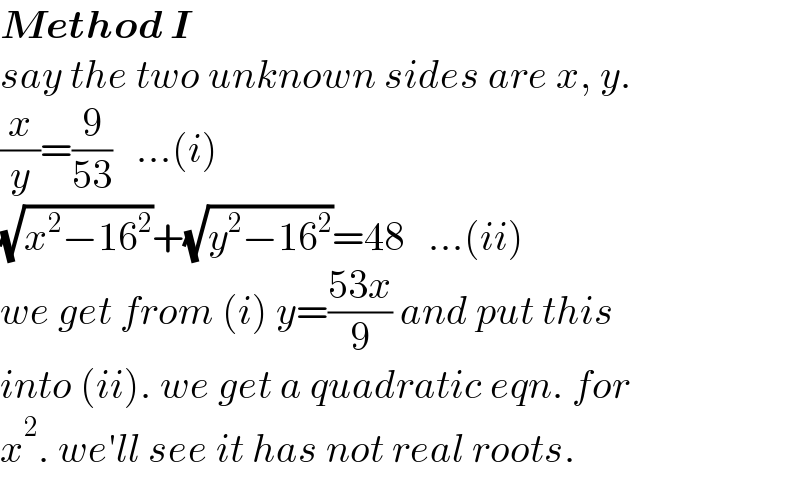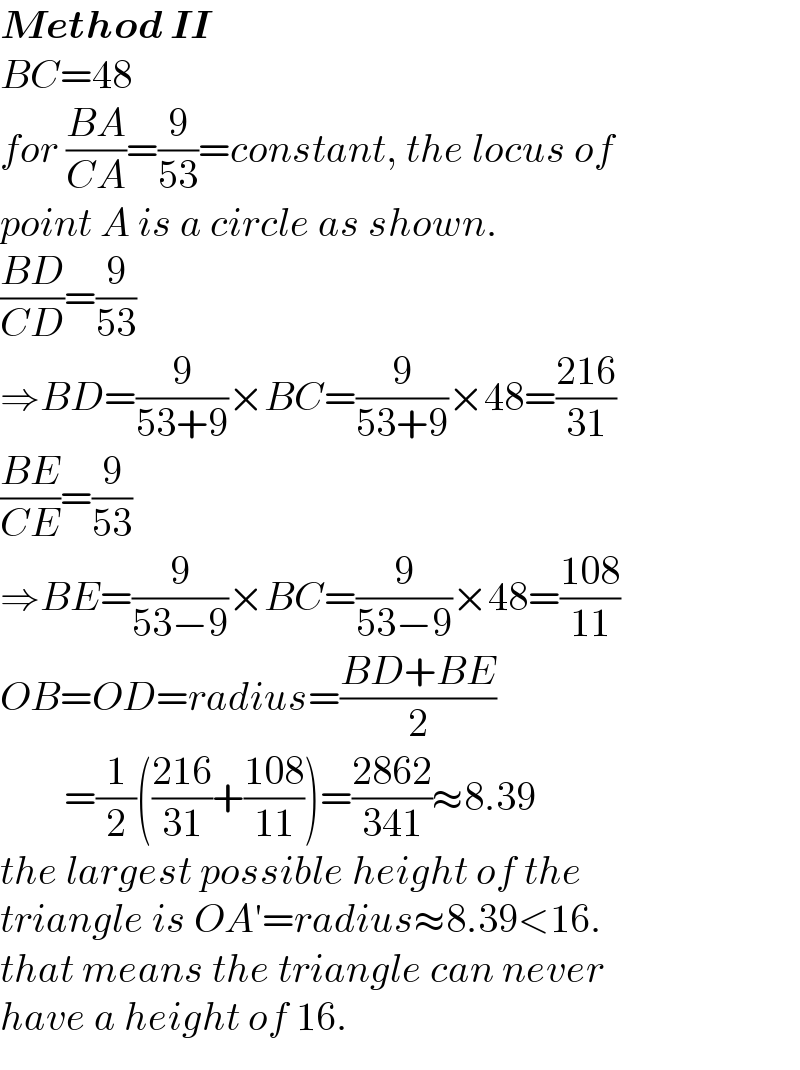
Question and Answers Forum
Question Number 181711 by Ari last updated on 28/Nov/22

Commented by mr W last updated on 29/Nov/22

Commented by Ari last updated on 29/Nov/22

Commented by mr W last updated on 29/Nov/22

Commented by mr W last updated on 29/Nov/22

Commented by mr W last updated on 29/Nov/22

Commented by mr W last updated on 29/Nov/22

Commented by Ari last updated on 29/Nov/22

Commented by mr W last updated on 30/Nov/22

Commented by mr W last updated on 30/Nov/22

